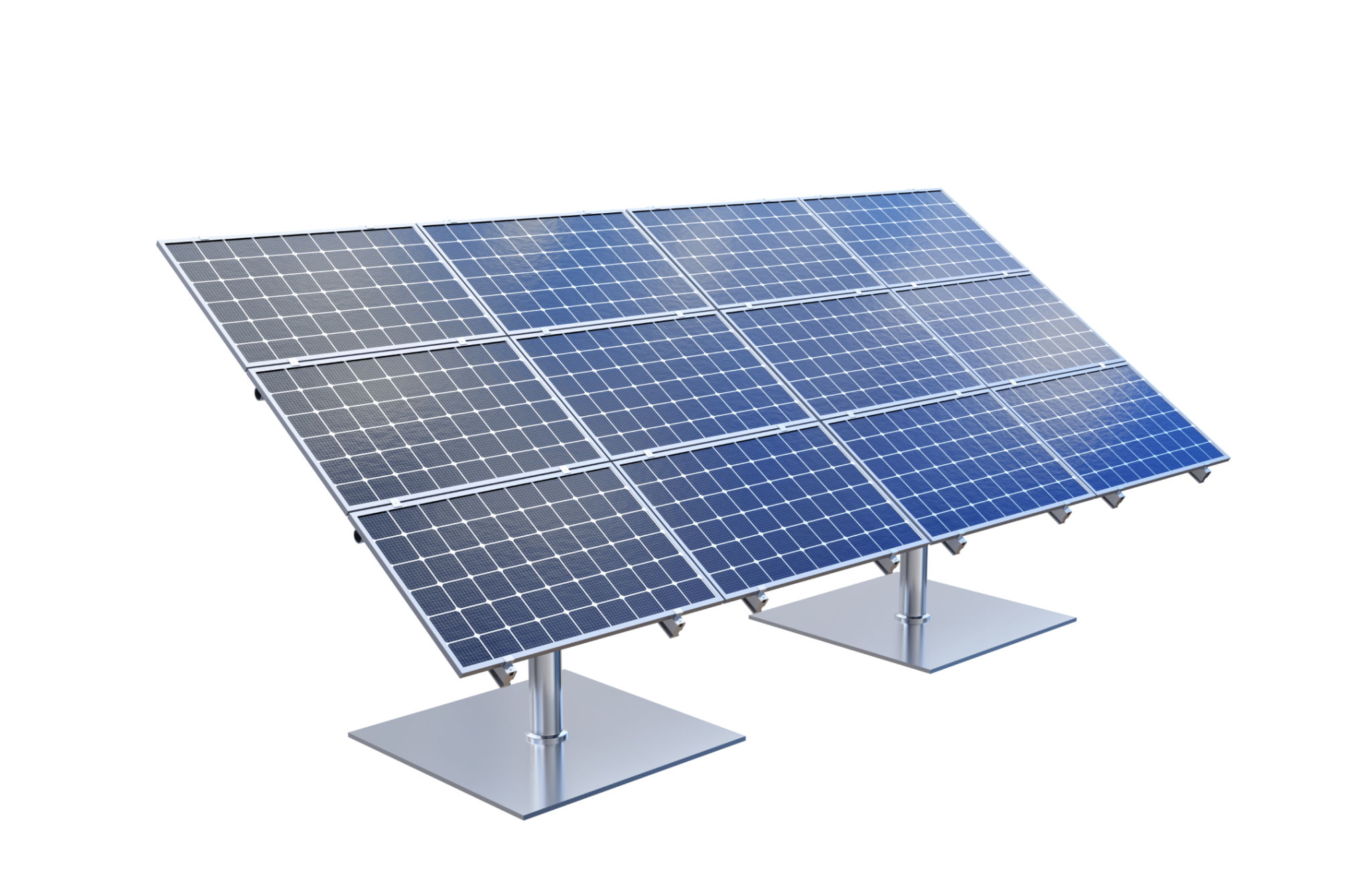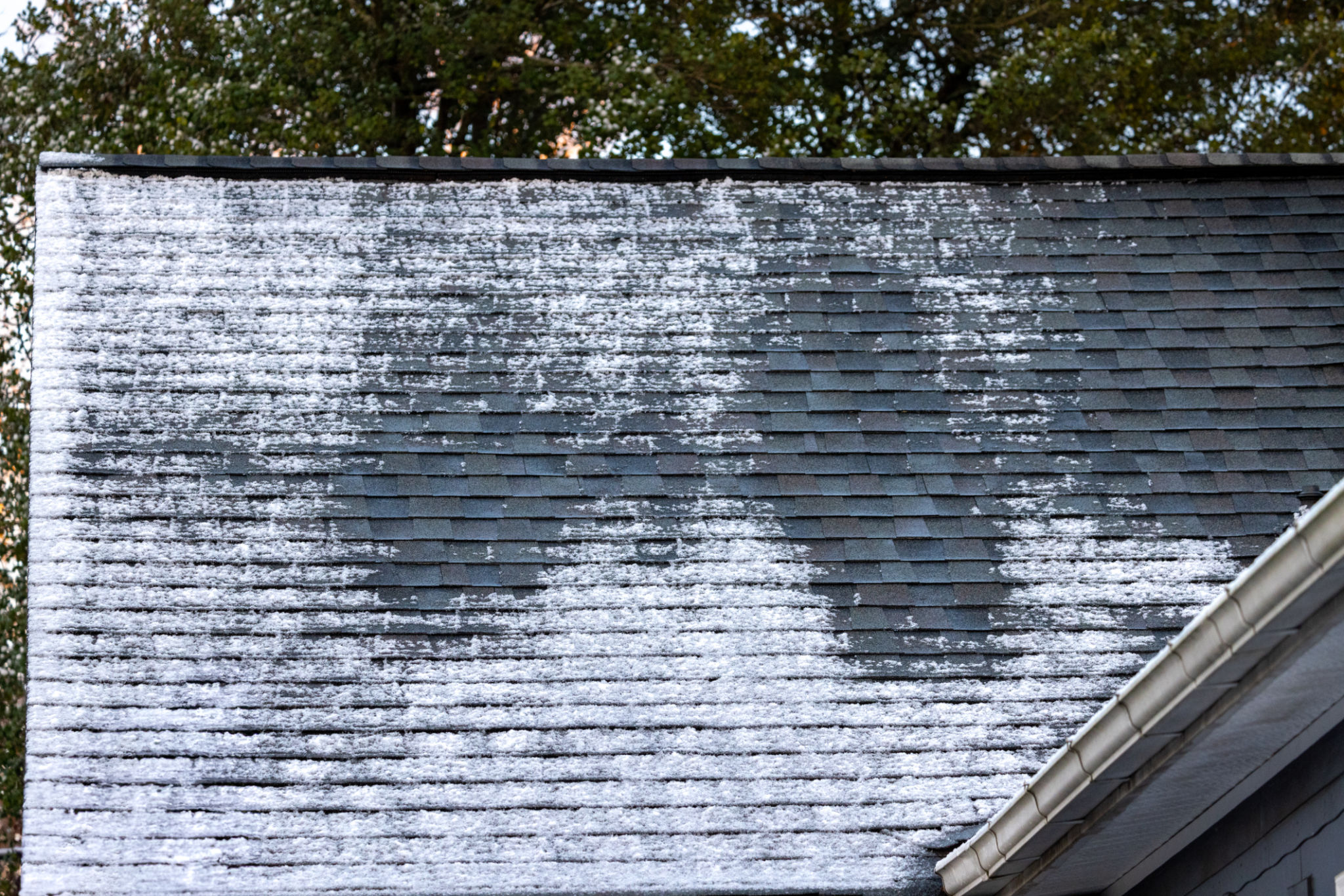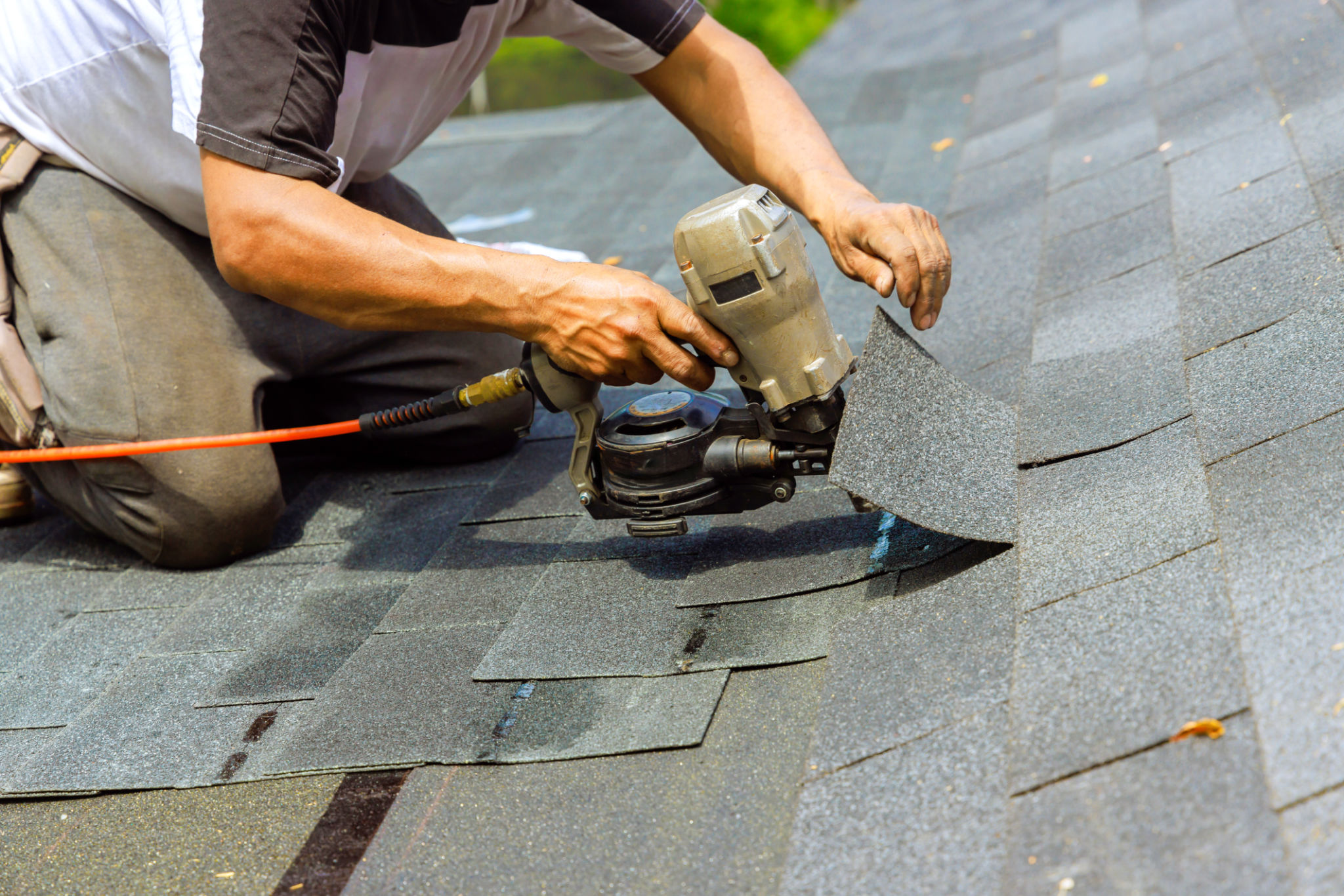Comparing Solar and Traditional Roofing: Which is Best for Your Home?
The Rise of Solar Roofing
As homeowners become more environmentally conscious, the demand for sustainable energy solutions like solar roofing is on the rise. Unlike traditional roofing materials, solar roofs are designed to harness the sun's energy, providing a renewable source of power for your home. But how do they compare to conventional roofing systems?
Solar roofs are equipped with photovoltaic (PV) cells that convert sunlight into electricity. This can significantly reduce your electricity bills and even allow you to sell excess power back to the grid. However, the initial installation costs can be higher than traditional roofing, and not all homes may be suitable for solar panel installation.

Cost Considerations
When comparing solar and traditional roofing, cost is often a major consideration for homeowners. Traditional roofing materials like asphalt shingles or tiles are generally less expensive upfront. However, they do not offer the same energy savings as solar panels.
Solar roofing may require a higher initial investment, but it can pay off in the long run through reduced energy costs and potential tax incentives or rebates. It's essential to weigh these factors when deciding which option is best for your home.
Return on Investment
The return on investment (ROI) for solar roofing can be substantial over time. Many homeowners see a reduction in their energy bills within the first few months. Here are some factors that can influence ROI:
- Local climate and amount of sunlight
- Installation costs and available incentives
- Energy consumption patterns

Durability and Maintenance
Durability and maintenance are crucial factors in choosing a roofing system. Traditional roofs, depending on the material, may require regular maintenance and have a lifespan of about 20 to 30 years. Common issues include leaks, cracked shingles, and mold growth, which can lead to costly repairs.
Solar panels are generally low maintenance and can last 25 to 30 years with proper care. They are designed to withstand various weather conditions, although extreme weather may necessitate additional protective measures.

Aesthetic Appeal
Aesthetic appeal is another consideration when choosing between solar and traditional roofing. Traditional roofing materials come in a variety of styles and colors, allowing homeowners to match their roof to the overall design of their home.
Solar panels have evolved considerably in design. Today's solar roofs can blend seamlessly with traditional roofing materials or even replace them entirely for a sleek, modern look.
Environmental Impact
The environmental impact is a critical aspect for eco-conscious homeowners. Traditional roofing materials often end up in landfills at the end of their lifespan, contributing to waste.
Solar roofs offer a more sustainable option by reducing reliance on fossil fuels and lowering carbon footprints. By generating clean energy, they contribute positively to environmental conservation efforts.

Conclusion: Making the Right Choice
Deciding between solar and traditional roofing depends on various factors including budget, location, and personal preferences. While traditional roofing remains the standard choice for many, the benefits of solar roofing—such as energy savings and environmental friendliness—are making it an increasingly popular alternative.
Ultimately, evaluating your home's specific needs and consulting with professionals can guide you in making the best decision for your situation. Whether you prioritize cost savings, sustainability, or aesthetics, both options offer unique advantages that can enhance your home's value and functionality.